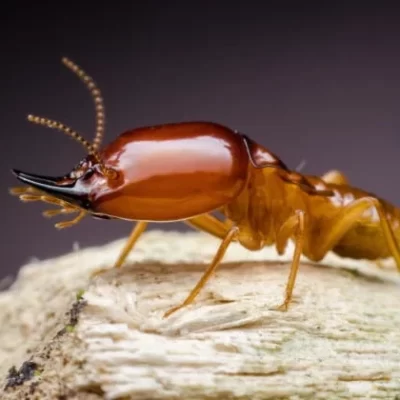Fruchtfliegen have specially developed amacrine cells to process the information from their complex eyes. The CT1 nerve cells have isolated cell units that can process information that would normally require 1,400 separate cells. Researchers at the Max Planck Institute for Neurobiology have discovered that amacrine cells in the fruit fly’s visual system function differently to process the insect’s complex eye information. The study, published in the journal Current Biology, found that a single CT1 nerve cell connects with every cell bundle leaving the facets of the fly’s complex eyes.
The researchers found that the CT1 nerve cell’s contact area is an independent functional unit that works electronically isolated from other units. This means that information from a column is not mixed while being processed in a CT1 cell unit and is only passed on through the same column. Computer models and calcium measurements show that the connections within the nerve cell do not transmit information between the individual units, ensuring that the image information from the facets is not mixed. The researchers found that the connections between the individual units are only 100 nanometers thick and are lengthened by looping, which increases the electrical resistance.
The researchers are still unsure why the CT1 nerve cell differs so significantly from other cells. However, they plan to investigate how CT1 affects motion vision in future studies. The researchers’ findings could have implications for the development of artificial intelligence and robotics, as they provide insight into how complex information can be processed with fewer cells.










